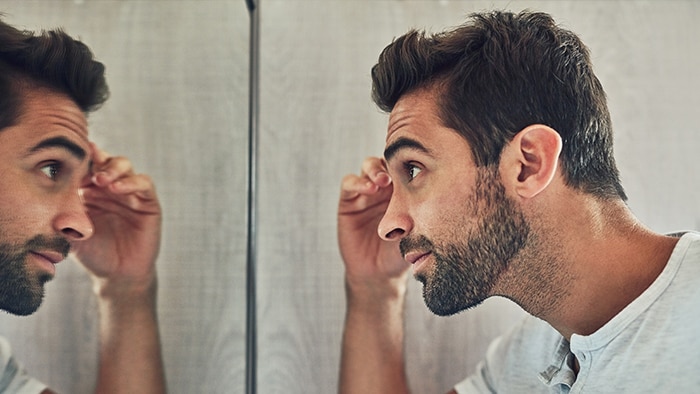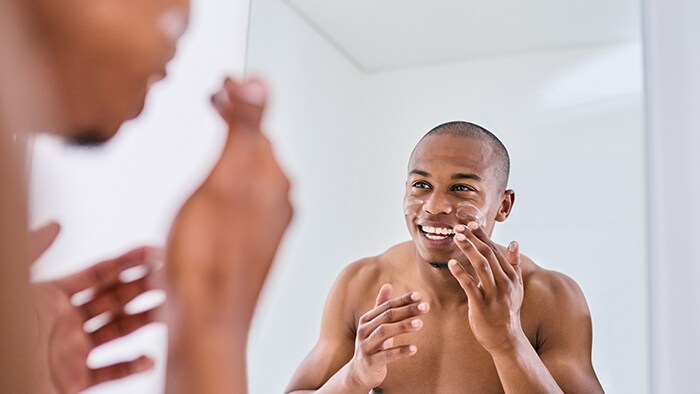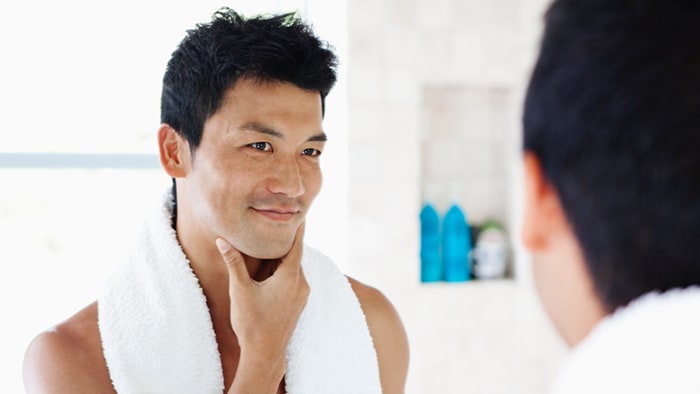To put it in very simple terms, breakouts are blocked pores, a pore is the part of a hair follicle, and you have hair follicles all over your body (with the exception of the palms of your hands and the bottoms of your feet). Even when the hairs themselves are barely visible, the pores will be there. Where there are pores, there can be blocked pores, which means that acne breakouts can strike anywhere (almost). It’s therefore not uncommon to experience acne on your back, legs, chest or elsewhere. If that sounds familiar, then there are a few things you can do.
That, in short, is it. As with breakouts on your face, there’s no miracle cure or 100% guarantee that any routine or procedure will stop acne developing on your body. Risk reduction is the best that anybody can do, so try tweaking your routine and see what works best for you.
-
![Pimples aren’t always so black and white]()
Pimples aren’t always so black and white
Read the article -
![Exfoliate for clearer, healthier skin]()
Exfoliate for clearer, healthier skin
Read the article -
![How to discover your skin type]()
How to discover your skin type
Read the article




